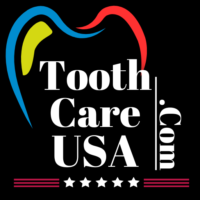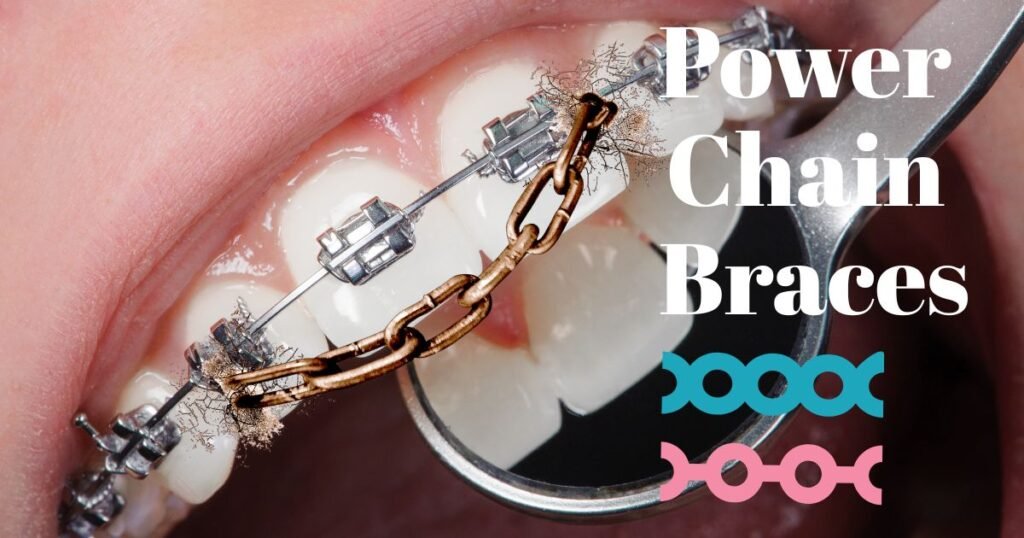Introduction
If you wear braces, you might be wondering: Can you eat chocolate with braces? The good news is yes, but with some precautions. Certain types of chocolate are safe, while others can damage your brackets and wires.
In this guide, we’ll explore:
- Which chocolates are safe for braces?
- What to avoid?
- Tips to enjoy chocolate without harming your braces
- How to clean your braces after eating chocolate?
- Let’s dive in!
1. Can You Eat Chocolate with Braces?
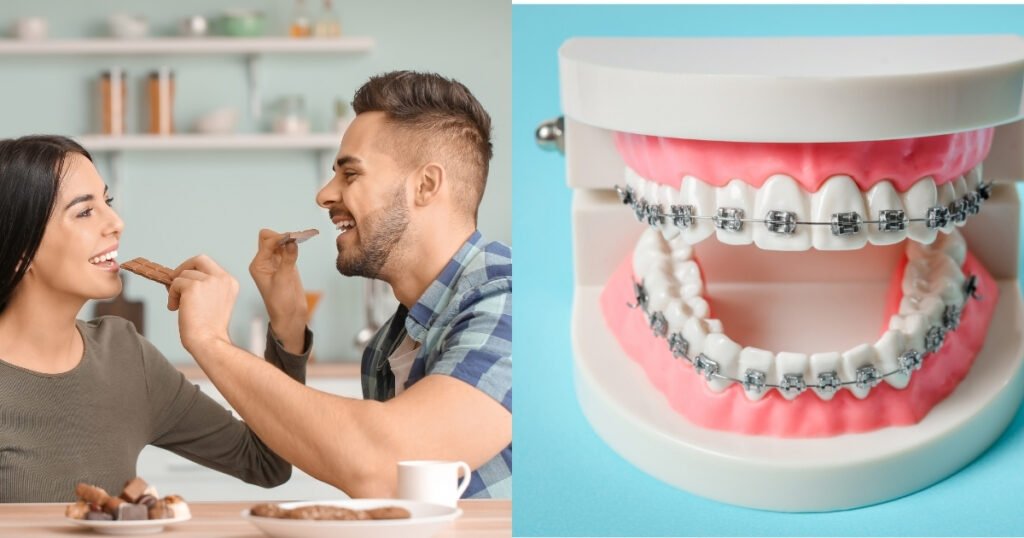
Yes, you can eat chocolate with braces, but you need to choose soft chocolates and avoid hard or sticky ones that could damage your orthodontic appliances.
Here’s a comparison of safe vs. unsafe chocolates:
| Chocolate Type | Safe for Braces? | Why? |
|---|---|---|
| Milk Chocolate (Soft) | Yes | Soft and melts easily, causing no damage |
| Dark Chocolate (Soft) | Yes | Same as milk chocolate, but healthier |
| White Chocolate (Soft) | Yes | Soft and easy to chew |
| Chocolate Bars with Nuts | No | Nuts can break brackets and wires |
| Hard Chocolate Bars | No | Hard texture can damage braces |
| Caramel-filled Chocolate | No | Sticky caramel can pull brackets off |
| Chocolate-covered Candy | No | Usually hard and sticky |
If you stick to soft chocolates and avoid hard, crunchy, or sticky ones, you can safely enjoy chocolate with braces.
2. What Happens If You Eat the Wrong Chocolate?
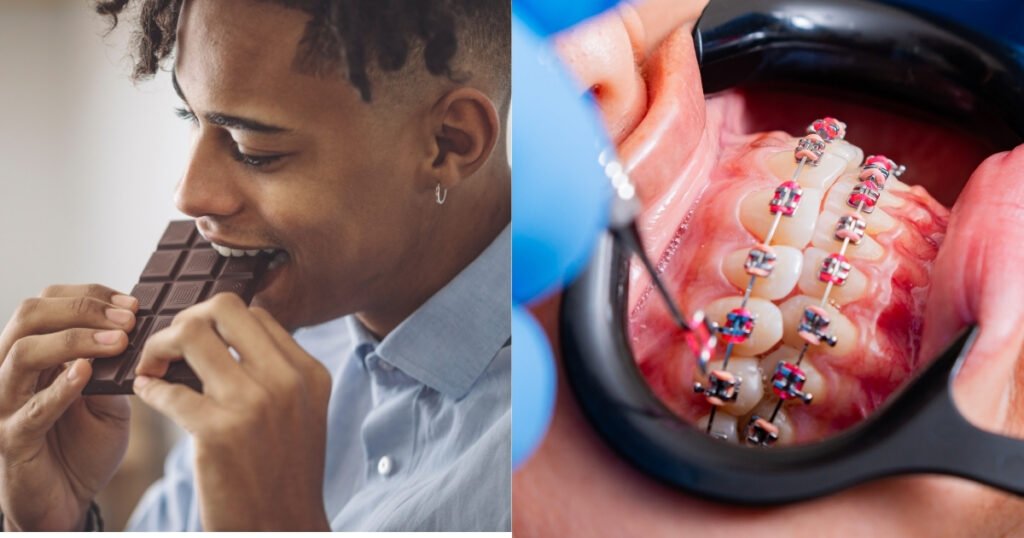
Eating the wrong type of chocolate with braces can lead to:
- Broken brackets or wires – Hard chocolates can damage braces.
- Sticky mess – Caramel-filled chocolates get stuck in your braces, making them hard to clean.
- Increased risk of cavities – Sugary chocolates can cause decay if not cleaned properly.
Here’s what happens when you eat hard or sticky chocolates:
| Issue | Cause | Result |
|---|---|---|
| Broken brackets | Biting on hard chocolate | Braces get damaged, needing repair |
| Stuck food particles | Sticky chocolate or caramel | Difficult to clean, increasing plaque |
| Tooth decay risk | Sugary chocolates | Leads to cavities if not cleaned well |
3. Best Ways to Enjoy Chocolate with Braces
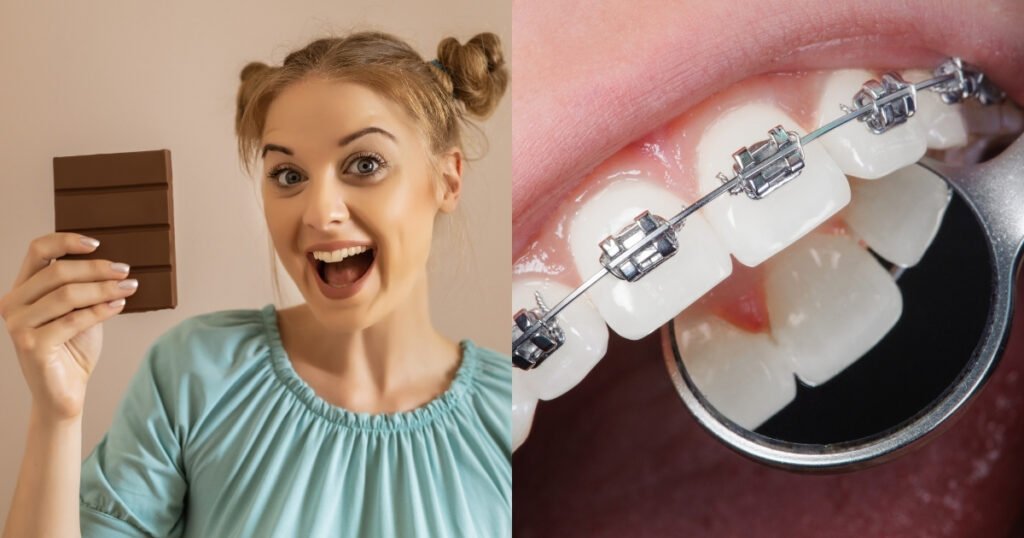
Here are some tips to safely enjoy chocolate with braces:
1. Choose Soft Chocolate
Go for plain milk or dark chocolate that melts in your mouth. Avoid chocolate with nuts, caramel, or hard layers.
2. Let it Melt in Your Mouth
Instead of biting, let the chocolate melt. This reduces the risk of breaking your braces.
3. Eat in Moderation
Too much chocolate, even if it’s soft, can increase cavity risk. Stick to small portions.
4. Rinse and Brush After Eating
Chocolate leaves sugar on your teeth. After eating, rinse with water and brush properly.
5. Prefer Dark Chocolate
Dark chocolate has less sugar than milk chocolate and is better for dental health.
How to Clean Braces After Eating Chocolate?
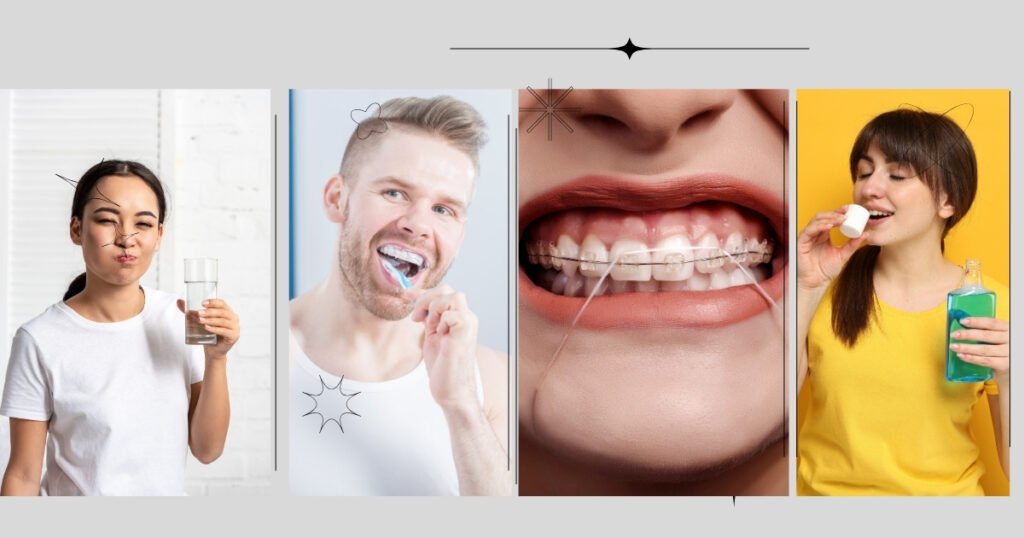
Chocolate can get stuck in braces, leading to plaque buildup. Here’s how to clean your teeth after eating chocolate with braces:
Cleaning Steps:
- Rinse with Water: Swish water around to remove chocolate pieces.
- Use a Soft Toothbrush: Brush gently, especially around brackets and wires.
- Floss Between Braces: Use orthodontic floss or a floss threader to remove chocolate from tight spaces.
- Use Mouthwash: A fluoride mouthwash helps prevent cavities and keeps breath fresh.
Brushing & Flossing Table
| Cleaning Method | How Often? | Purpose |
|---|---|---|
| Brushing | 2-3 times daily | Removes sugar and plaque |
| Flossing | Once daily | Cleans between braces & teeth |
| Mouthwash (fluoride) | Once daily | Strengthens enamel, prevents cavities |
| Water rinse | After eating | Washes away chocolate residue |
5. Braces-Safe Chocolate Snack Ideas
Here are some delicious and safe ways to enjoy chocolate with braces:
| Braces-Safe Chocolate Treats | Why It’s Safe? |
|---|---|
| Chocolate mousse | Soft and melts easily |
| Hot chocolate | No chewing required |
| Chocolate pudding | Smooth texture |
| Chocolate-flavored yogurt | Soft and safe |
| Chocolate milkshake | No risk of damage |
Instead of biting into a hard chocolate bar, try these braces-friendly chocolate treats!
6. Final Verdict: Can You Eat Chocolate with Braces?
Yes, you can eat chocolate with braces, but choose wisely! Stick to soft, plain chocolates and avoid hard, sticky, or nut-filled varieties.
Braces Chocolate Guide Summary:
- Safe: Soft milk chocolate, dark chocolate, white chocolate, chocolate cake, and pudding.
- Avoid: Hard chocolate bars, caramel-filled chocolates, chocolate-covered nuts, and sticky candies.
After eating chocolate with braces, always brush and floss to keep your teeth clean and prevent cavities.
Key Takeaways
- Can you eat chocolate with braces? Yes, but choose soft chocolates.
- Hard or sticky chocolates can break your braces.
- Always clean your teeth after eating chocolate.
- Dark chocolate is a better option than milk chocolate.
By following these simple tips, you can enjoy chocolate with braces without any worries!
15 Detailed FAQs on Can You Eat Chocolate with Braces?
Can you eat chocolate with braces?
Yes, you can eat chocolate with braces, but only soft, plain chocolate. Avoid hard, sticky, or nut-filled chocolates, as they can damage your brackets and wires.
What types of chocolate are safe to eat with braces?
Soft chocolates like milk chocolate, dark chocolate, and white chocolate are safe. Chocolate mousse, pudding, hot chocolate, and chocolate-flavored yogurt are also good options.
What types of chocolate should I avoid with braces?
Avoid hard chocolate bars, caramel-filled chocolates, nut-filled chocolates, and chocolate-covered candies. These can break brackets, get stuck in wires, or be difficult to clean.
Can you eat chocolate with braces every day?
Yes, but in moderation. Excess chocolate consumption can increase the risk of cavities, especially if you don’t brush properly after eating.
Can dark chocolate be eaten with braces?
Yes, dark chocolate is a better option than milk chocolate because it contains less sugar and melts easily, reducing the chances of getting stuck in braces.
Can chocolate get stuck in braces?
Yes, chocolate can get stuck in the brackets and wires. To prevent this, rinse with water and brush your teeth after eating.
Can you eat chocolate with braces in the first week?
Yes, but only soft chocolates. Your teeth may feel sensitive in the first week, so avoid anything too hard or chewy.
What happens if you accidentally eat hard chocolate with braces?
Hard chocolate can break your braces, loosen brackets, or bend wires. If this happens, contact your orthodontist immediately for repairs.
Can you eat chocolate cake or brownies with braces?
Yes! Soft chocolate-based desserts like chocolate cake, brownies (without nuts), and chocolate mousse are safe and easy to chew.
How can I clean my braces after eating chocolate?
Rinse with water to remove any chocolate residue.
Brush gently using a soft toothbrush.
Floss with orthodontic floss to remove chocolate stuck between teeth.
Use mouthwash for extra protection against cavities.
Can you eat chocolate ice cream with braces?
Yes! Chocolate ice cream is braces-friendly because it’s soft and doesn’t require chewing. However, avoid chocolate chips or hard toppings.
Can you eat white chocolate with braces?
Yes, white chocolate is safe as long as it is soft and plain. Avoid any white chocolate bars that contain nuts or caramel.
Will eating chocolate stain my braces?
No, regular chocolate will not stain your braces. However, dark chocolate in excessive amounts may cause slight discoloration over time if not cleaned properly.
Can hot chocolate be consumed with braces?
Yes, hot chocolate is completely safe because it is liquid and won’t cause any damage to your braces. Just be mindful of added sugars.
Can you eat chocolate-covered fruits with braces?
It depends on the fruit. Soft fruits like bananas and strawberries covered in chocolate are fine. Avoid hard fruits like chocolate-covered apples, as they can break brackets.

Dr. Niraj Ghanghoriya is a passionate dental surgeon with over 12 years of experience in clinical dentistry. He completed his BDS from the prestigious Sri Aurobindo Institute of Dentistry in 2012 and specializes in painless root canals, smile makeovers, and preventive oral care. Known for his patient-first approach and clear communication, Dr. Ghanghoriya aims to make dental knowledge accessible to everyone. When he’s not in the clinic, he enjoys writing informative dental blogs to help people take better care of their oral health.
